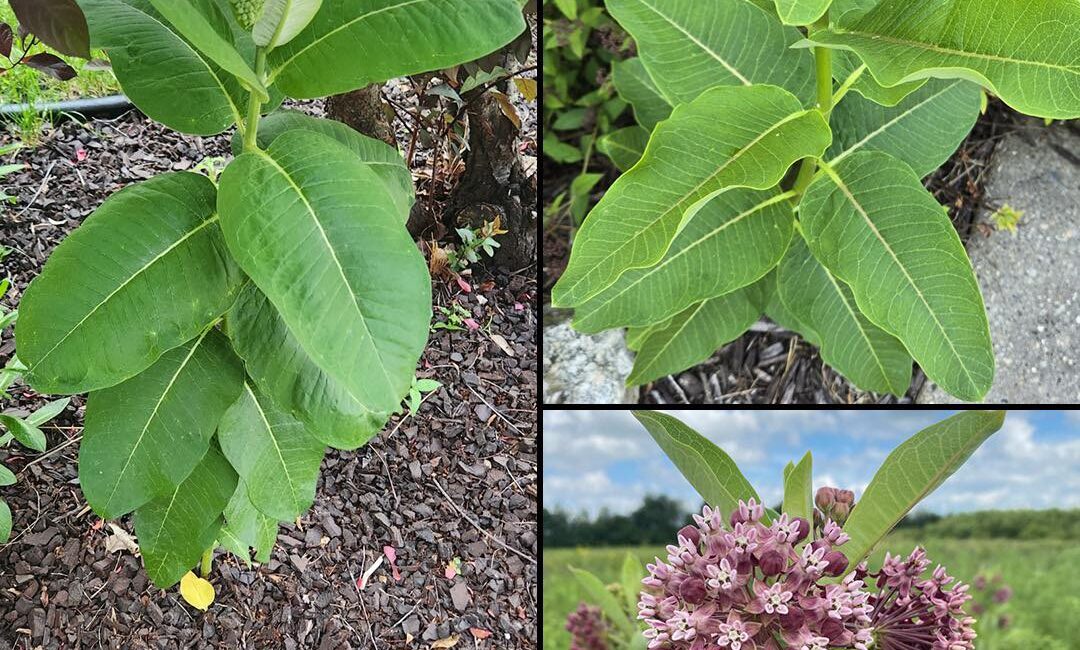When most gardeners think about adding value to their gardens, their minds often drift to showy flowers, edible vegetables, or fragrant herbs. But what if I told you that a humble, often misunderstood wild plant native to North America could offer a treasure trove of health benefits—potentially more valuable than cash in your pocket?
Meet Common Milkweed (Asclepias syriaca). Known for its large, lush leaves, beautiful pink-purple flower clusters, and its role as a critical host for monarch butterflies, this native plant is far more than just a pretty addition to your landscape. Often dismissed as a weed, milkweed has been used by indigenous peoples and herbalists for centuries for its medicinal properties and nutritional value.
In this article, you’ll discover why having Common Milkweed in your garden is not just an ecological gift but also a potent natural pharmacy. We’ll explore 15 potential health benefits, how the plant has been traditionally prepared and used, scientific findings validating its effects, and important precautions to keep in mind.
Introduction to Common Milkweed (Asclepias syriaca)
Botanical Overview
Common Milkweed is a perennial plant native to much of North America, especially prevalent in the eastern and central United States and Canada. It can grow between 3 to 6 feet tall, featuring:
- Large, oval, opposite leaves with a slightly fuzzy texture.
- Clusters of fragrant, pink to purplish flowers that bloom in late spring and summer.
- A milky sap exuded when the plant is cut or broken, which gives milkweed its name.
- Seed pods filled with silky, parachute-like fibers that help disperse seeds via wind.
Ecological Importance
Milkweed is best known for its critical role in the life cycle of monarch butterflies. Monarch caterpillars feed exclusively on milkweed leaves, sequestering its toxic compounds (cardiac glycosides) that make them unpalatable to predators. Without milkweed, monarch populations would drastically decline.
The Hidden Treasure: Traditional and Medicinal Uses of Milkweed
Though often regarded as a nuisance weed in some regions, Common Milkweed has a rich history in traditional medicine and wild foraging:
- Indigenous North American tribes used different parts of the plant for respiratory issues, wounds, digestive problems, and even as a source of fiber and food.
- Early settlers and pioneers turned to milkweed for cough remedies and poultices.
- In modern times, researchers have begun validating many traditional uses, uncovering promising bioactive compounds.
15 Potential Health Benefits of Common Milkweed
1. Natural Expectorant for Respiratory Health
Milkweed root has a long history as a natural expectorant. Native American tribes, including the Iroquois and Ojibwa, used infusions of the root to loosen phlegm and ease breathing difficulties associated with colds, bronchitis, and other respiratory infections.
The plant’s saponins are believed to stimulate mucus secretion, helping to clear airways. In this way, milkweed can aid those suffering from congestion and coughing by promoting the expulsion of mucus.
2. Digestive Aid
Traditionally, small doses of carefully prepared milkweed were used to stimulate digestion and alleviate symptoms like bloating, gas, and indigestion.
Milkweed contains mild laxative properties, thought to increase intestinal motility and bile secretion, which facilitates smoother digestion. Historically, infusions or decoctions of young shoots or roots helped maintain digestive balance.
3. Anti-inflammatory Properties
Several studies and ethnobotanical records suggest milkweed contains compounds with anti-inflammatory effects. These may help reduce swelling and pain associated with minor injuries, arthritis, or sore joints.
Compounds such as flavonoids and phenolics in milkweed exhibit antioxidant activity that can counteract oxidative stress and cellular inflammation.
4. Mild Pain Relief
External applications of milkweed sap or root poultices have been used historically to alleviate localized pain. The plant’s natural chemicals may possess analgesic properties, making it useful for muscle aches, bruises, and even insect bites.
While not a substitute for modern painkillers, milkweed can offer gentle relief for minor discomforts.
5. Antiparasitic Action
Milkweed has been employed traditionally as a remedy to expel intestinal worms and parasites. Native American healers sometimes administered milkweed preparations for this purpose, although such use requires caution.
The plant’s bioactive compounds may disrupt parasite metabolism, but due to potential toxicity, antiparasitic use of milkweed should only be undertaken under expert supervision.
6. Antimicrobial Effects
Recent research has demonstrated that extracts from milkweed show antimicrobial activity against various bacteria and fungi. This suggests milkweed could potentially aid in preventing or treating infections, especially skin infections when used topically.
Milkweed-derived compounds might inhibit the growth of pathogens such as Staphylococcus aureus or Candida albicans.
7. Antioxidant Potential
Milkweed is rich in antioxidants, which protect cells from oxidative damage caused by free radicals. These antioxidants contribute to overall health and may reduce the risk of chronic diseases such as cancer, cardiovascular disease, and neurodegenerative disorders.
Polyphenols, flavonoids, and other antioxidant molecules found in milkweed can be valuable in a health-supporting diet.
Click page 2 for more




